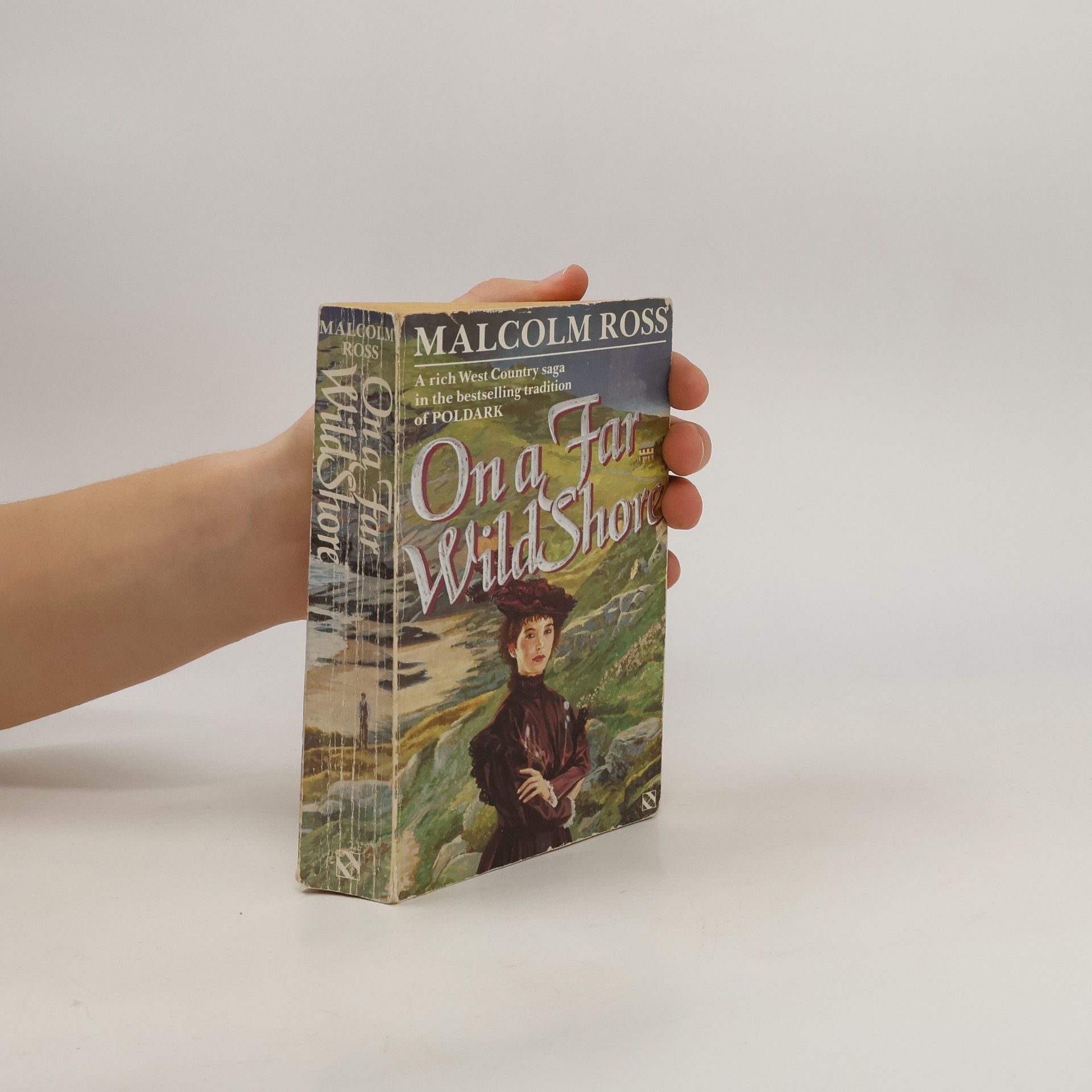A Climber in New Zealand
- 396 stránok
- 14 hodin čítania
Tento autor píše pod niekoľkými rôznymi menami, čo umožňuje jeho dielam skúmať rozmanité literárne krajiny a štýly. Jeho schopnosť prispôsobiť si meno odráža hĺbku jeho tvorivého rozsahu a flexibilitu v rámci rôznych žánrov a naratívnych prístupov. Čitatelia môžu objaviť širokú škálu jeho práce, pričom každé meno naznačuje odlišný aspekt jeho literárneho umenia. Tento autorov prístup vyzýva k preskúmaniu jeho celkového diela naprieč rôznymi identitami, ktoré prijíma.






This is the second in a series of five volumes on the lexicon of Proto Oceanic, the ancestor of the Oceanic branch of the Austronesian language family. Each volume deals with a particular domain of culture and/or environment and consists of a collection of essays each of which presents and comments on lexical reconstructions of a particular semantic field within that domain.Volume 2 examines how Proto Oceanic speakers described their geophysical environment. An introductory chapter discusses linguistic and archaeological evidence that locates the Proto Oceanic language community in the Bismarck Archipelago in the late 2nd millennium BC. The next three chapters investigate terms used to denote inland, coastal, reef and open sea environments, and meteorological phenomena. A further chapter examines the lexicon for features of the heavens and navigational techniques associated with the stars. How Proto Oceanic speakers talked about their environment is also described in three further chapters which treat property terms for describing inanimate objects, locational and directional terms, and terms related to the expression of time.
Focusing on the role of the arts, this text emphasizes their importance in initiating and managing societal change. It appeals to a broad audience while specifically addressing arts teachers, therapists, and community artists, offering insights valuable for both practitioners and those in training.
Culturally significant, this work has been preserved to reflect its original artifact closely, maintaining copyright references and library stamps. It serves as a vital piece of the knowledge base of civilization, showcasing the historical context and importance of the content. The reproduction aims to honor the authenticity of the original, making it a valuable resource for scholars and readers interested in the preservation of cultural heritage.
The book is a facsimile reprint of a scarce antiquarian text, preserving the original's historical significance. It may include imperfections like marks, notations, and flawed pages due to its age. This edition is part of a broader effort to protect and promote important literary works, ensuring they remain accessible in high-quality, modern formats that honor the original content.